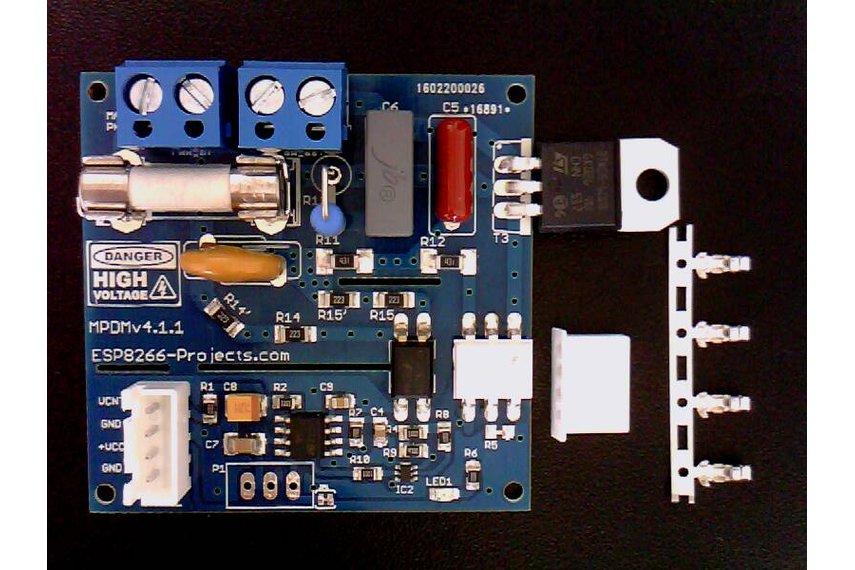Problem: There is a flicker that is variable no matter what light source used below full on.
Solutions: I am currently searching for a solution.
I have tried a bypass module and a 1.5k 25watt wire wound resistor figuring that there needed to be extra power to keep things going. They have not worked.
Some other things to try that I have not.
Adding a capacitor to the VCC and GND pins 0.1uf 3.3v and GND and possibly adding a cap to the 5v vcc in dunno the value needed for that one as of yet.
The seller has also discontinued sales it appears of his circuit thewp122 no longer seems to carry his hardware in stock so I have located a source of a similar PCB priced pretty aggressively as well in comparison. So rather than working up on a chair on the device streatching to reach my 10ft ceiling I will likely be ordering another board so I can do some testing down low.
MMiscool I sent you one of these boards if you could do some testing and help me figure out a remedy to the flicker problem this would be sweet I know you are way busy with dev work and the maker space etc so you likely will not have time for something like this but I would love to get it working without the need for an external DAC over the I2C bus. Simple is Basic so Basic should be simple even on the hardware side that is the goal for me.
Oh the source if interested is https://www.tindie.com/products/nEXT_EV ... r-mpdmv41/
This will be the new board being used in the future as time provides.
Need to figure out the flicker problem to enable full smooth function of our community based espbasic dimmer.
I have also contacted the developer of the dimmer module and asked for him to possibly chime in and help us out as well with his hardware to get this thing functional and flicker free limitations or not.
@nextevo AKA trackerj
if you are out there join us! Lets make this thing work well no extra hardware I know it is possible!
Where I buy my ESP8266 boards from... (Banggood)
